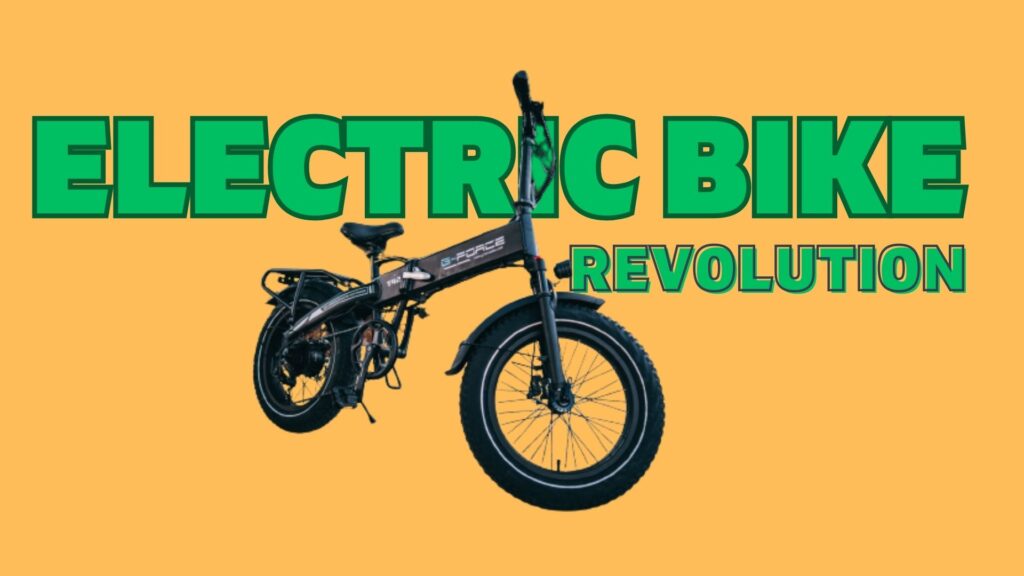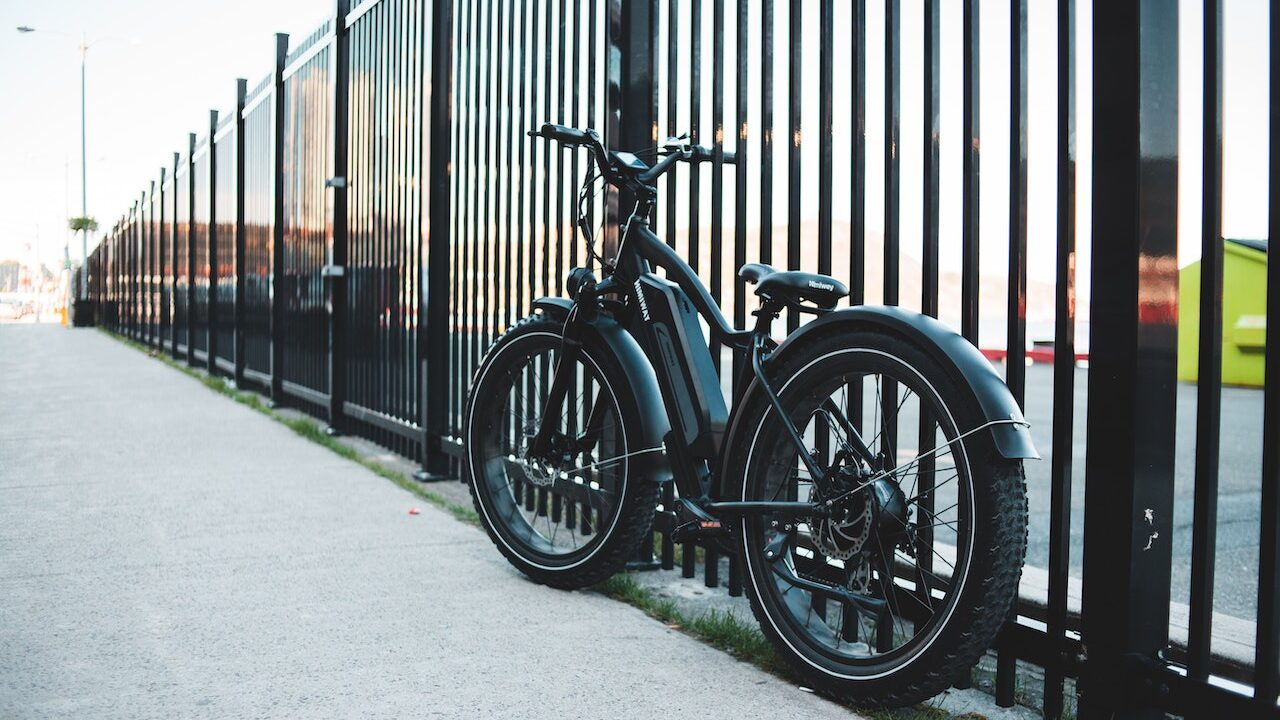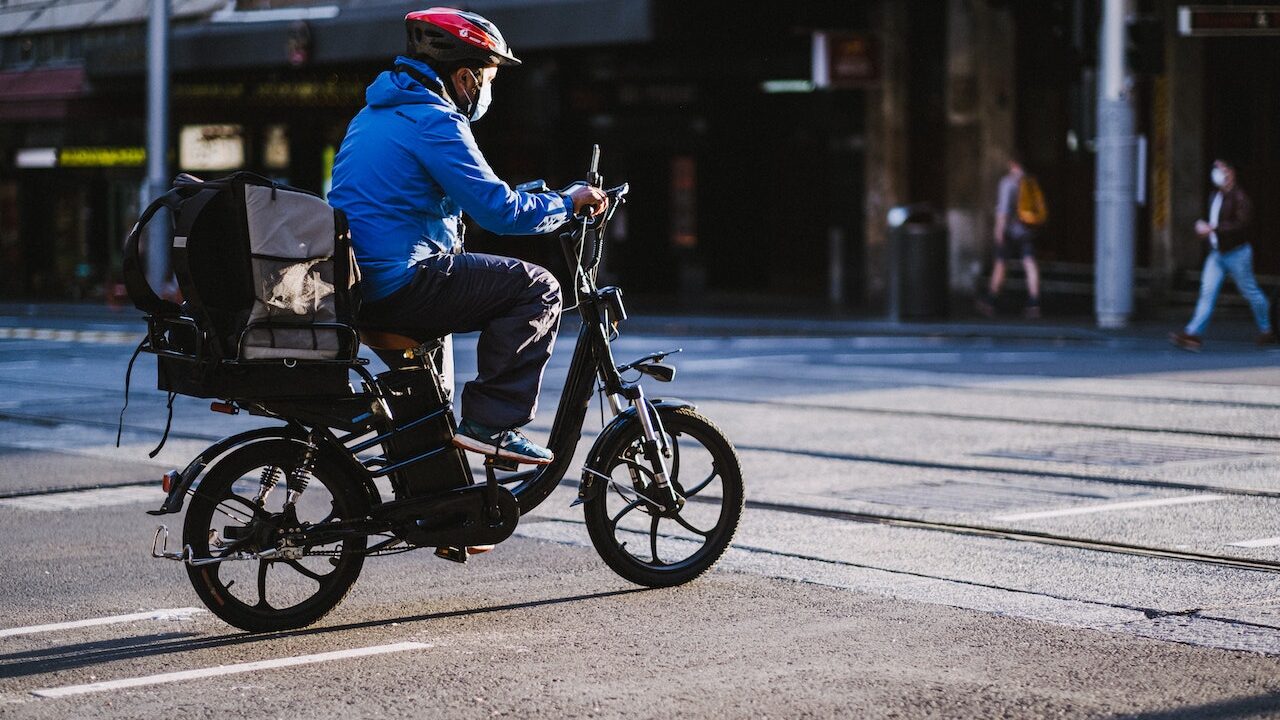Introduction

Finding sustainable and effective transport solutions has become a critical problem as cities across the world continue to expand and traffic congestion becomes worse. E-bikes, often known as electric bikes, are becoming a well-liked and environmentally acceptable substitute for conventional ways of transportation. In this article, we’ll examine the popularity of electric bikes and how they could replace conventional urban transportation in the future.
The Technology Behind Electric Bikes
Bicycles that have an electric motor and battery attached to help with pedalling are called electric bikes. A throttle or pedal-assist device that monitors the rider’s pedalling pace and supplies more power as necessary can be used to start the motor. E-bikes generally have top speeds of 20 to 28 mph and have a range of 50 to 60 miles between charges.

E-bikes have been around for a while, but recent developments in battery technology have improved their efficiency and reduced their price. For e-bikes, lithium-ion batteries, which are frequently found in computers and smartphones, have taken over. These batteries are compact, powerful, and easily rechargeable.
The Benefits of Electric Bikes
Compared to conventional ways of transportation, electric bikes provide a number of advantages. They are, first and foremost, a sustainable and environmentally beneficial choice with no emissions. Due to its low maintenance needs and ability to be charged using a regular electrical socket, e-bikes can provide a less expensive mobility option to vehicles and public transit.

E-bikes are a useful and practical solution for city commuters. Riders can easily manoeuvre through traffic and park in bike-friendly zones, which can help decrease traffic congestion and cut commuting times. E-bikes also offer a low-impact type of exercise that can enhance physical well-being and lessen stress.
The Environmental Impact of Electric Bikes
Compared to cars and other motorised vehicles, electric bikes have a substantially smaller environmental effect. They have no emissions and use a lot less energy than automobiles to create and maintain. E-bikes use less energy to run and do not add to traffic congestion, therefore they have a lower carbon footprint than public transit.

Choosing and Using an Electric Bike
There are several things to take into account while selecting an electric bike. The first is the kind of e-bike, which varies based on the form of the bike and the amount of pedal assistance. Battery range, charging time, and cost are other aspects to take into account.
It’s crucial to utilize your electric bike wisely and safely once you’ve made your decision. Always use a helmet, and abide by all local traffic rules. you guarantee peak performance, be sure you properly maintain your e-bike and charge the battery on a regular basis.
Conclusion
Urban transportation on electric bikes is a promising and environmentally friendly option. They provide a practical and convenient means of navigating through traffic as well as a low-cost, environmentally friendly alternative to vehicles and other forms of public transit. E-bikes are anticipated to become a more widely used form of transportation in cities all around the world as technology advances and becomes more effective. You may lessen your carbon footprint, enhance your physical health, and aid the environment by choosing an electric bike for your everyday commute.




